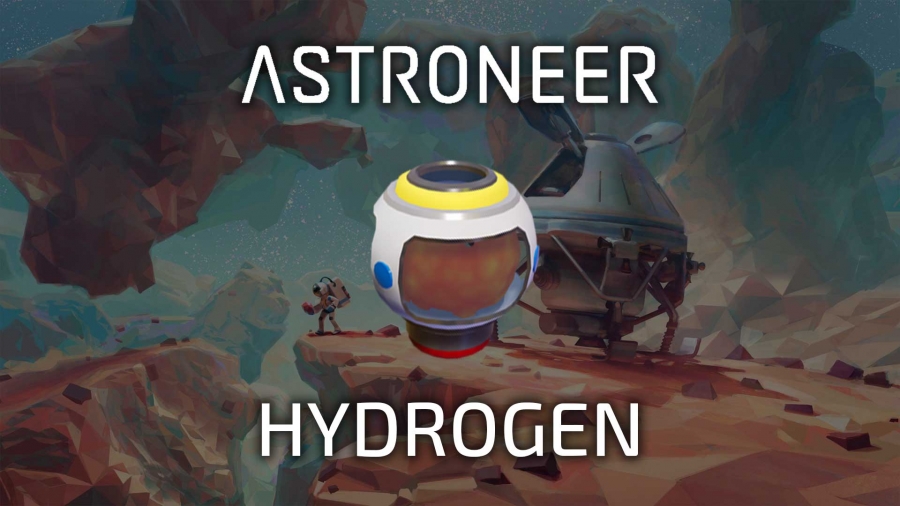Hydrogen is important to us in so many ways. We need it to drink and will need it to be a source of clean energy. We cannot afford to gamble with the future and not take advantage of what water has to offer. Gambling with ranking bukmacherów is fun, but gambling with the future is not. Scientists have been able to produce hydrogen by splitting freshwater but need to take it a stage further. Seawater is in their sites, but as yet, success has eluded them. Thanks to researchers at the University of Houston, this could be about to change. By combining the evolution reaction catalysts of oxygen and hydrogen, only a low voltage will be needed to begin seawater electrolysis. They have negated previous problems and are confident that seawater can be turned into drinking water or hydrogen.
Why has this happened?
The reason given is they are now able to produce hydrogen from seawater without releasing calcium, chlorine, and sodium. This has been specifically difficult when it comes to chlorine as they are harder to free than hydrogen. Galveston Bay in Texas was the area that the seawater was taken from. Wastewater could also be used, and this will help to bring about additional hydrogen. This could be achieved without the need for a lot of financial input. Due to the limited amount of freshwater that is available, this has been a great breakthrough. It is hoped that hydrogen will be split without using excessive amounts of freshwater.
Reasons for the Advances
There is so much seawater that it is time some of it was used for producing hydrogen. The main reason has been the cost as it has to be desalinated before going into the electrolyser. If this did not happen, poisonous chlorine gas would be produced, and this would both damage the equipment being used as well as ending up in the environment. The electrolysers have a cathode and anode with an electrolyte between them. There are various forms of electrolyser:
- Polymer electrolyte membrane electrolysers - Here, the electrolyte is in the form of a solid plastic material. It works in these ways:
- Oxygen and positive hydrogen ions are formed from water
- The circuit has ions flowing through it, and some hydrogen ions work their way to the cathode. Here electrons and hydrogen ions mix and form hydrogen gas.
- Alkaline electrolysers work when hydroxide ions are taken to the anode from the cathode. Hydrogen comes from the cathode. Recently, there have been promising results when the electrolyte takes the form of solid alkaline exchange membranes.
A semi-permeable membrane was put in, and this had previously been used to purify the water. Reverse osmosis was the initial reason for this membrane being used. It was used instead of the membrane that had been previously used. The electrolyser normal had an ion-exchange membrane. The reason for using reverse osmosis is that the water goes through as a result of high pressure. As required, the chloride is left behind. So far, there have been tests carried out on two membranes and a couple of cation exchange membranes. They have been seen to overcome a problem that has limited development in the past. The hydrogen economy will be much improved if seawater can now be used.






